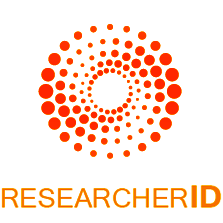Role of Machine Learning Techniques for Detecting Cyber Attacks in Networks
DOI:
https://doi.org/10.71366/ijwosKeywords:
Cyber, Warfare techniques, Attack identification;
Abstract
The rapid expansion of digital infrastructure has led to an unprecedented increase in cybercriminal activities targeting vulnerabilities across computing platforms. Security professionals focus extensively on vulnerability assessment and developing comprehensive mitigation strategies. There is a critical need for advanced detection methodologies within the cybersecurity domain. Contemporary Intrusion Detection Systems (IDS) demonstrate limitations when confronting the evolving and sophisticated nature of network-based cyber threats. The integration of machine learning technologies in cybersecurity applications has gained significant momentum due to their proven effectiveness in addressing security challenges.
Machine learning methodologies have been successfully implemented to tackle fundamental cybersecurity challenges including network intrusion identification, malicious software categorization and detection, unsolicited email filtering, and fraudulent website identification. While machine learning cannot provide complete automation for cybersecurity frameworks, it significantly enhances threat identification efficiency compared to traditional software-based approaches, thereby alleviating the workload on security professionals. Consequently, intelligent adaptive methodologies utilizing various machine learning approaches can achieve enhanced detection capabilities, reduced false alarm frequencies, and optimal computational resource utilization. Our primary objective addresses the unique challenges of attack identification, which differs substantially from conventional applications, creating significant complexities for the intrusion detection field in effectively implementing machine learning solutions.
Downloads
Published
Issue
Section
License

This work is licensed under a Creative Commons Attribution-NonCommercial 4.0 International License.












